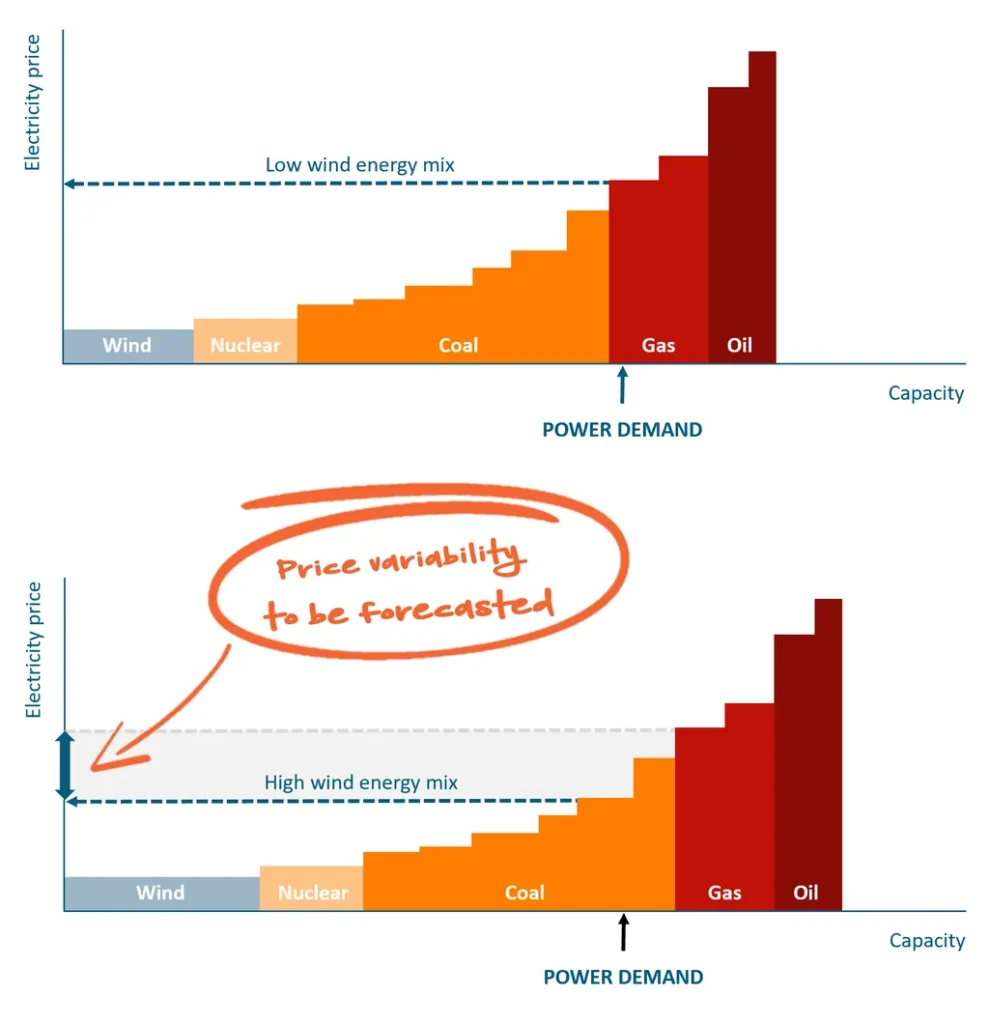In the bustling city of Medan, where wind patterns can shift as swiftly as the tides, a new digital tool is set to revolutionize how businesses and agencies anticipate and adapt to these changes. Elvan Dito Siregar, a researcher from the State Islamic University of North Sumatra in Medan, has developed a web-based system that leverages the Prophet algorithm to forecast wind speeds with remarkable accuracy. This innovation, published in the *Journal of Information Systems and Informatics* (translated as *Jurnal Sistem Informasi dan Informatika*), promises to bring a new level of precision and accessibility to wind speed predictions, with significant implications for the energy sector and beyond.
The system addresses a critical need in Medan, where variable wind conditions can impact everything from transportation and agriculture to disaster mitigation. “Accurate wind speed forecasting is essential for planning and decision-making,” Siregar explains. “Our system provides stakeholders with timely and reliable data, enabling them to make informed choices that can mitigate risks and optimize operations.”
The research methodology involved several key stages, including data collection from the Meteorological, Climatological, and Geophysical Agency (BMKG) in Medan, data preprocessing, forecasting using the Prophet model, system development, and evaluation. Prophet was chosen for its ability to capture trend and seasonal components effectively with minimal parameter tuning, making it an ideal tool for this application.
The system was developed using Laravel, MySQL, and Chart.js, with Prophet integrated through Python to generate interactive visualizations and downloadable reports. This integration allows users to access and interpret the data easily, enhancing the system’s usability and practicality.
The effectiveness of the predictive framework was measured using the Root Mean Square Error (RMSE = 0.19) and Mean Absolute Error (MAE = 0.15), validating the suitability of the method for producing consistent monthly forecasts of wind velocity. “The low error rates demonstrate the robustness of our model,” Siregar notes. “This level of accuracy is crucial for applications in the energy sector, where even small discrepancies can have significant impacts.”
For the energy sector, particularly wind energy, accurate forecasting is paramount. Wind farms rely on precise predictions to optimize turbine operations, schedule maintenance, and plan energy distribution. “With this system, energy companies can better anticipate wind conditions, improving efficiency and reducing costs,” Siregar says. “This can lead to more reliable and sustainable energy production, benefiting both the industry and the environment.”
The system’s web-based nature ensures accessibility, allowing stakeholders such as disaster management agencies, marine operators, and agricultural planners to access accurate and timely forecasts from anywhere. “The integration of Prophet forecasting with a web-based information system equipped with visualization and reporting features enhances usability, accessibility, and decision-making support for regional meteorological applications,” Siregar explains.
As the world continues to grapple with the challenges of climate change and the need for sustainable energy solutions, innovations like Siregar’s web-based wind speed forecasting system are more important than ever. By providing accurate and accessible predictions, this tool can help businesses and agencies adapt to changing conditions, optimize operations, and make informed decisions that benefit both the economy and the environment.
The research published in the *Journal of Information Systems and Informatics* highlights the potential of integrating advanced forecasting algorithms with user-friendly web-based platforms. As Siregar and his team continue to refine and expand the system, it is likely to become an invaluable tool for stakeholders in Medan and beyond, shaping the future of wind speed forecasting and its applications in various sectors.

